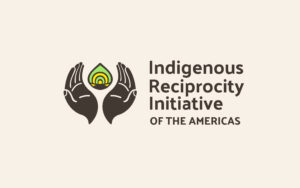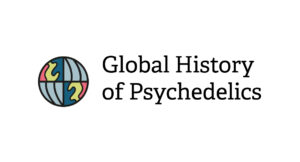- Introduction to Women and Psychedelics - July 26, 2024
- Global History of Psychedelics: A Chacruna Series - October 4, 2023
- Can Psychedelics Promote Social Justice and Change the World? - August 30, 2021
The contemporary scientific reappraisal of psychedelic compounds like LSD, psilocybin, and DMT, along with interest in Indigenous plant medicines like ibogaine, peyote, and ayahuasca, has been widely documented in the media and has attracted a great deal of interest, causing some observers to claim that we are witnessing a psychedelic renaissance. Several American states have boldly decriminalized these drugs, and others have begun creating exemptions for the medical use of psychedelics in palliative care and in anxiety disorders, and the list grows daily. Outside North America, several European-based research groups are investing in clinical trials, neuroscientific investigations, and legal research that are preparing the scientific landscape for a psychedelic future. This research space is changing rapidly and, as the concept of a renaissance suggests, draws heavily from the past.
Our new series highlights some of the dynamic ways that historic traditions, cultures, and research spaces have contributed to the field of psychedelics.
Our new series highlights some of the dynamic ways that historic traditions, cultures, and research spaces have contributed to the field of psychedelics. We intentionally push beyond American borders in an effort to recognize some of the diverse ways that psychedelics have come to inform different projects. We track substances, people, and ideas into different regions to uncover a more complicated history that led to the discovery of LSD, or the comparison of synthetic psilocybin with the experiences long cultivated by people living, for example, in the Sierra Mazatec region of Mexico.

Discover the Indigenous Reciprocity Initiative of the Americas
Our contributors offer a critical look at how American culture influenced subcultures in other states, from the relatively new nation state of Israel in the 1960s that developed its own psychedelic enclaves, to the decolonizing efforts of Brazilian artists who produced new sounds and art of tropicalism in a distinctly Brazilian expression of psychedelics and modernity. Meanwhile, French psychedelic psychiatrists competed with colleagues introducing major daily-dose pharmaceuticals, and Dutch psychiatrists honed in on using psychedelics to treat the very localized disorders produced by German occupation in the Second World War.
These kinds of developments profoundly shaped the local reception of psychedelics in these contexts, and our series aims to bring these histories into fuller circulation as we begin to imagine a new era of psychedelics, and how they might take root in different parts of the world. Which traditions will be reinvigorated? Which aspects will be avoided as today’s psychedelic entrepreneurs heed the lessons of the past?
By paying closer attention to this global dimension, our series aims to stimulate meaningful conversations about the psychedelic past and contemplates how different knowledge traditions have been privileged at different moments in time.
By paying closer attention to this global dimension, our series aims to stimulate meaningful conversations about the psychedelic past and contemplates how different knowledge traditions have been privileged at different moments in time. Our contributors examine vast and diverse networks of psychedelic knowledge, from spiritual rituals to clinical trials, criss-crossing jurisdictions in Asia, the Middle East, South America, Africa, and Europe. Political landscapes shaped these encounters, whether Czechoslovakian psychiatrists were operating under Soviet rule, or Brazilian artists were generating their own countercultural responses to a military dictatorship. Chinese business-people sought ayahuasca for relief, while ostensibly severing the experience from the Latin American roots and traditions that positioned the brew in a religious context.
Our contributors show us that psychedelics have found their way into expressions of therapy, religion, music, art, and social justice in different ways around the world.
Our contributors show us that psychedelics have found their way into expressions of therapy, religion, music, art, and social justice in different ways around the world. The uneven reception of psychedelics makes this history complicated and dynamic. These posts will help us to consider how ideas spread across linguistic divides, but also sometimes shared a sense of optimism that galvanized a generation, whether that idea was to inspire communal living in the United Kingdom modelled on examples in California, or whether it was to energize a beleaguered generation of psychiatrists desperate to find new ways of thinking about madness.
We hope that this series provokes further discussions about the global dimensions of a psychedelic past, and the implications for a psychedelic future. We encourage readers and potential contributors to reach out with ideas about posts that help to expand our appreciation for the global dimension of psychedelics.
For more information about this project and to read longer chapters, please consider preordering: Expanding Mindscapes: A Global History of Psychedelics HERE.
Art by Mariom Luna.

Shop our Collection of Psychedelic T-Shirts.
Take a minute to browse our stock:
Did you enjoy reading this article?
Please support Chacruna's work by donating to us. We are an independent organization and we offer free education and advocacy for psychedelic plant medicines. We are a team of dedicated volunteers!
Can you help Chacruna advance cultural understanding around these substances?
















